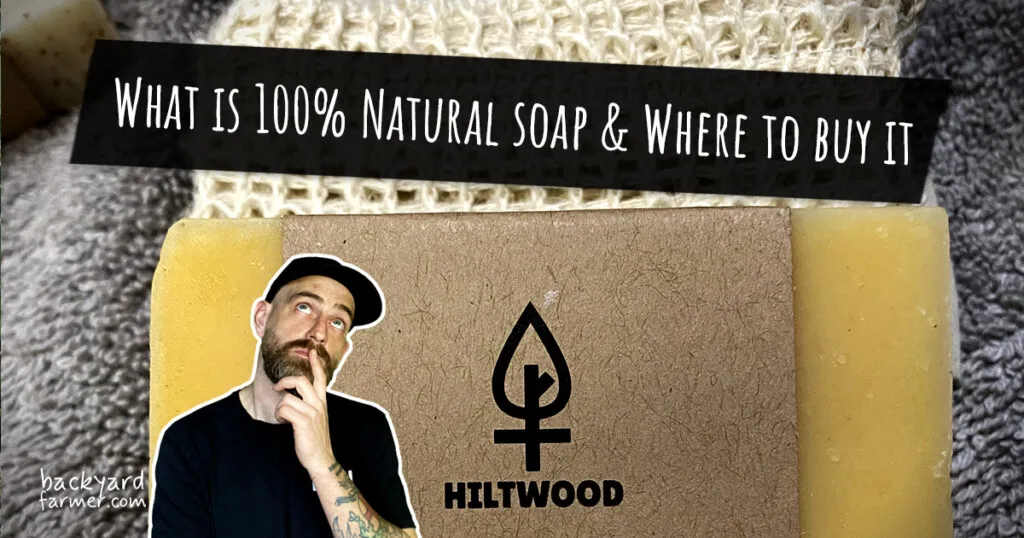Table of contents
The term’ cash crops’ is used for plants we make money from, and you can grow several cash crops at home. What you grow will depend on what space you have available more than anything else. After all, you can’t grow a field of wheat on your windowsill – you could grow a rare plant that sells for a higher price.
The top 9 plants to grow to make money
There are lots of plants you can grow at home to make some money, however there are some tried and tested plants that are known to sell. The following plants are the top nine plants you can grow at home to make money.
- Bamboo
- Gourmet Mushrooms
- Herbs
- Ginseng (Green gold)
- Flowers
- Landscaping Trees and Shrubs
- Ornamental Grasses
- Ground cover plants
- Microgreens
If you want even more practical ways to cut everyday costs, you can read my guide on five homemade foods that save money at home — simple staples that make a big difference to your weekly budget.
Can I sell plants I grow from my garden?
In short, yes – you can sell plants from your garden. If it’s the occasional selling of plants or produces, most species do not need to get a licence. It would help if you labelled your plants to make them ‘legal’ for sale. The label should include the name of the species & its source.
Plants you will need a licence to sell (UK)
You need a licence to sell plants that are listed on Schedule 8 of the Wildlife and Countryside Act and taken after 30 October 1981, the Annex of the EU Habitats Directive, and plants taken after June 1994 – this includes plants known as European protected species (EPS)
The following plants are EPS:
- Creeping Marshwort (Apium repens)
- Early Gentian (Gentianella anglica)
- Fen Orchid (Liparis loeselii)
- Floating Water-Plantain (Luronium natans)
- Killarney Fern (Trichomanes speciosum)
- Lady’s Slipper (Cypripedium calceolus)
- Marsh Saxifrage (Saxifraga hirculus)
- Shore Dock (Rumex rupestris)
- Slender Naiad (Najas flexilis)
You also need a licence to take EPS plants after 30 October 1981.
Banned plants for sale in the UK
You must not sell, advertise for sale or keep to sell any of the following invasive non-native aquatic plants:
- Water fern (Azolla filiculoides)
- Parrot’s feather (Myriophyllum aquaticum)
- Floating water pennywort (Hydrocotyle ranunculoides)
- Water primrose (Ludwigia grandiflora)
- Australian swamp stonecrop, also known as New Zealand Pygmy weed (Crassula helmsii, also sold as Tilia)
What vegetables can I sell to make money?
So, can I sell food from my allotment? The answer is yes, as long as the label meets Marketing standards. These standards mean it must contain certain information, and you are not producing at an industrial scale.
Regarding edible plants, there are two sets of Marketing Standards.
- Specific Marketing Standard (SMS) for ten types of fresh produce
- General Marketing Standard (GMS) for most other fresh fruit, vegetables, nuts and herbs
For the full rundown of these standards, please see here.
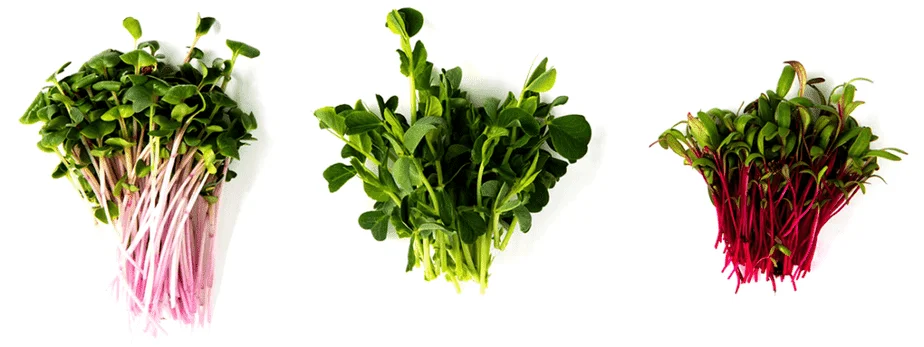
What is passive income gardening?
A ‘passive income’ is where you set something up to earn money with minimal effort. Passive-income gardening means earning money from growing plants or vegetables. With little effort, you can make a surprising amount from growing things like mushrooms or micro greens.
Can a backyard garden be profitable?
Yes, a backyard farm can be very profitable as a side hustle. You can grow a wide variety of products from home to earn money, and it is getting even more popular. The demand for local produce is growing, with greengrocers & restaurants alike looking for reliable sources of fresh produce.
How to make money from your plants in your garden uk
First, you must determine what you will grow to make money from your garden and why. Growing space and time will dictate what you can grow to make money. There are several proven ways to generate an income from a reasonable space, the top 2 being Microgreens & Mushrooms. They are both relatively cheap to get started with and require very little maintenance once you get going.
How to start growing microgreens to make money
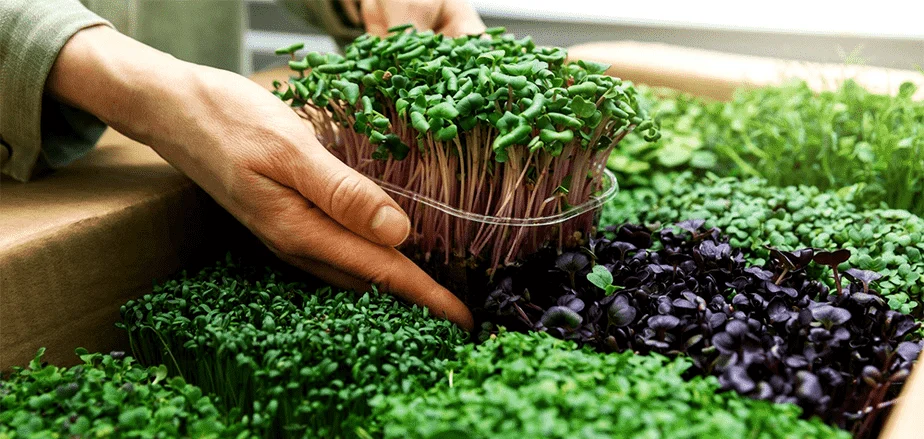
What are microgreens?
Microgreens are the highly nutritious shoots of salad vegetables such as rocket, celery, beetroot and other salads. Pick the plants just after the first leaves have developed; microgreens are becoming increasingly popular, especially in fine dining – they are delicious, fresh, and healthy.
Types of Microgreen
The things you can eat as a ‘Microgreen’ are endless – however, there are a few tried and tested plants that make a great addition to any salad or meal, such as:
- Rocket
- Celery
- Beetroot
- Red Cabbage
- Garnet amaranth
- Green daikon radish
- Coriander / Cilantro
- Basil
- Kale
- Broccoli
- Mustard
- Parsley
- Pea
How are microgreens grown?
Microgreens are grown in trays with either a soil medium or hydroponically (roots suspended in water). In a home setup, they are often grown under fluorescent lights and in shallow trays with soil, as this is cheap and effective. Most microgreens are quick to get going, with the first crops being ready in 2-3 weeks.
You can also grow your microgreens in a greenhouse or outside in warmer climates. Remember to watch out for pests!
How to start growing mushrooms to make money
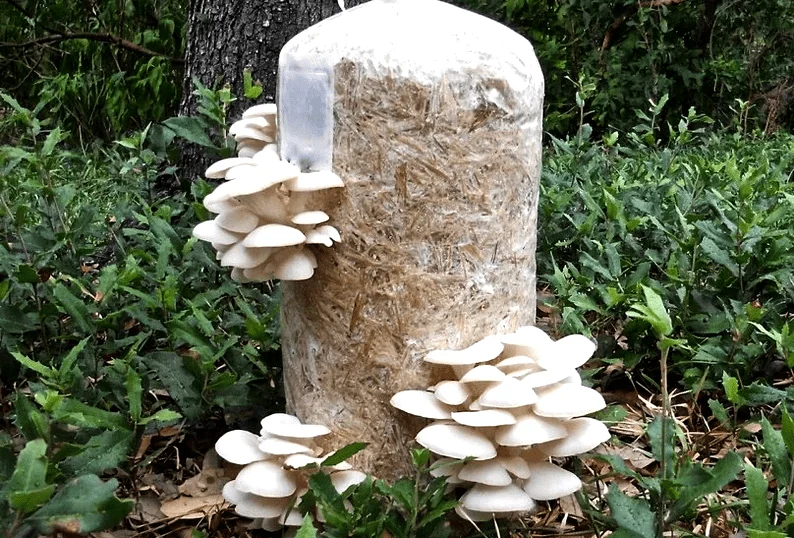
Growing Mushrooms is a little different to growing plants. After all, you are growing a fungus! To grow mushrooms, you first need somewhere you can control the temperature and moisture to some degree. Somewhere like a loft, garage, a cupboard under the stairs or a shed work very well as they maintain a steady temperature.
Mushrooms must sit somewhere between 10-15 degrees; if you are going for an outdoor setup, you must find areas with little to no direct sunlight.
Different mushrooms require different environments and starting methods; one of the most popular mushrooms to grow is Oyster Mushrooms because they taste great and are relatively easy to grow.
How to grow Mushrooms
- You will need a pack of oyster mushroom spawn, some straw & a thick black bin liner.
- Soak the straw in water for 12-24 hours & make sure it’s thoroughly damp, discarding excess water at the end.
- Mix the mushroom spawn with the damp straw and pack it into the thick black bin liner.
- Seal it and leave it for six weeks in a sheltered, damp spot between 20-25ºC; compost heaps are great as they create warmth, and next to one is perfect.
- As the straw breaks down, the mushroom spawn will grow; after six weeks, the spores will colonise the straw.
- Move the bags into a light, warm and moist environment, such as your greenhouse & cut slits into the bag so that the oyster mushrooms can grow through them.
- After two weeks, it should have developed oyster mushrooms which will be poking through the slits.
And that’s that tasty oyster mushroom that can be eaten or sold. The straw will continue to produce mushrooms for several weeks in the right conditions.
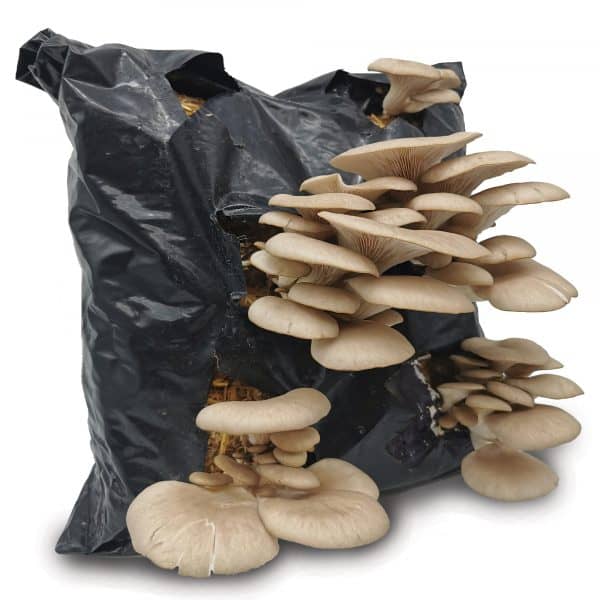
What is the most profitable thing to grow at home?
What plants sell for the most money? Believe it or not, the answer is Ginseng. People in Asia call Ginseng ‘green gold’ and use it as a healing herb or tonic. The downside – it takes six years! However, you can earn money by earmarking some stock to sell as rootlets to other growers.
After Ginseng, gourmet mushrooms are the most profitable plants to grow at home, followed by bamboo.
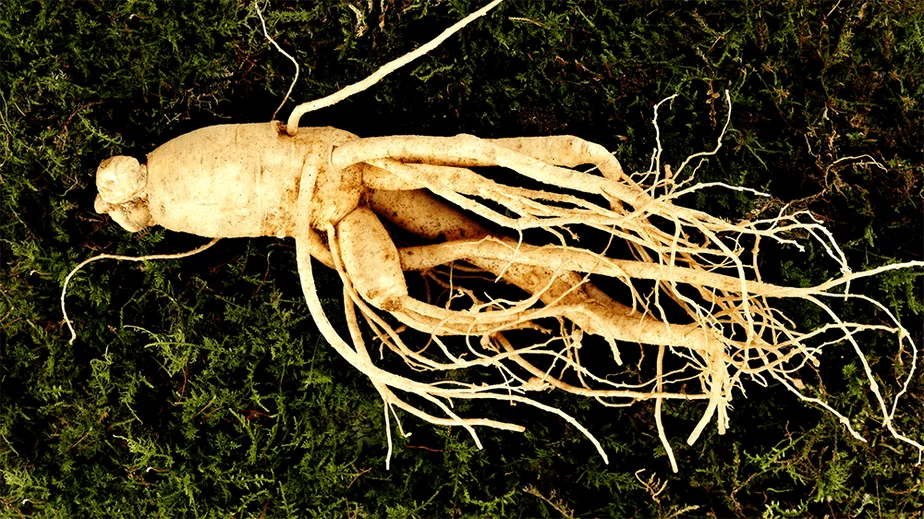
How to make money growing plants at home
You really do not need much to make money from growing plants at home, the main assets are time & space. If you have some time and space – you can make some money. As we talked about earlier in the article, Microgreens & Gourmet Mushrooms are great ways to earn a fairly passive income from home gardening.
How to make money growing plants at home
You only need a little to make money from growing plants at home; the main assets are time & space. If you have some time and space – you can make some money. As discussed earlier in the article, Microgreens & Gourmet Mushrooms are great ways to earn a reasonably passive income from home gardening.
Most profitable houseplants to grow and sell
Some plants out there can fetch a healthy sum. Again, the beauty of growing is that nature does much of the work. You maintain it. Some of the most profitable houseplants to grow and sell are:
- Swiss Cheese Plant (Bathroom plant)
- The snake plant (also easy to grow)
- Peace Lily (Easy-ish to grow)
- Monstera (low-maintenance houseplant)
- Zanzibar Gem (low-maintenance houseplant)
- Devils Ivy (perfect houseplant)
- Calatheas (bathroom plant)
- Spider Plant (easy grow)
These plants are some of the best houseplants that are reasonably easy to grow, which doesn’t mean they require no care. As with anything, you need to give some time to profit from your passive income garden.
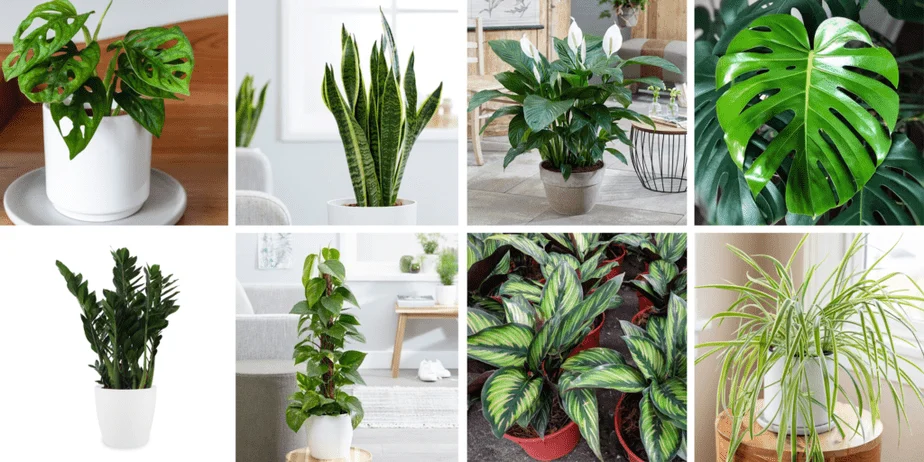
How to make money with a small greenhouse
Making money with a greenhouse is the same as growing things in an allotment; you must decide what to grow based on the conditions and available space. The advantage of a greenhouse is that it keeps a warmer and more steady temperature throughout the year, which means you can grow some plants that prefer warmer conditions and keep growing things like microgreens all year round.
To make money with a small greenhouse, you can grow popular house plants like the Swiss Cheese Plant or Calatheas. These both require some humidity & warmth to thrive. Optimise the space with shelves to grow the maximum amount of Microgreens to sell to gourmet restaurants.
Summary
What can you grow to make money? The best way to make a passive income from your garden is to do one or more of the following:
- Grow Microgreens to sell to gourmet restaurants or market stalls
- Grow Mushrooms to sell to gourmet restaurants or market stalls
- Grow a houseplant that is in demand to sell direct or to sellers





